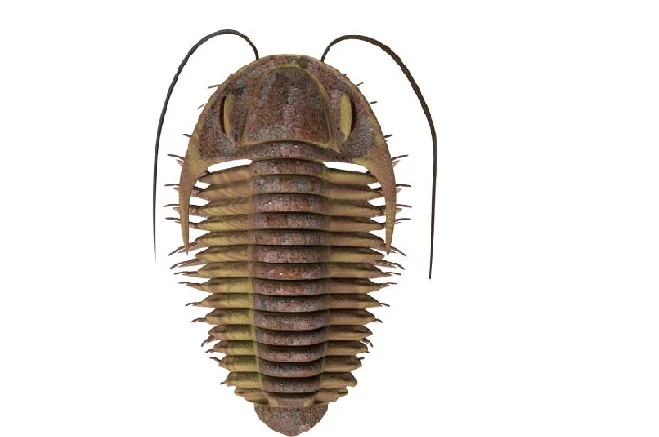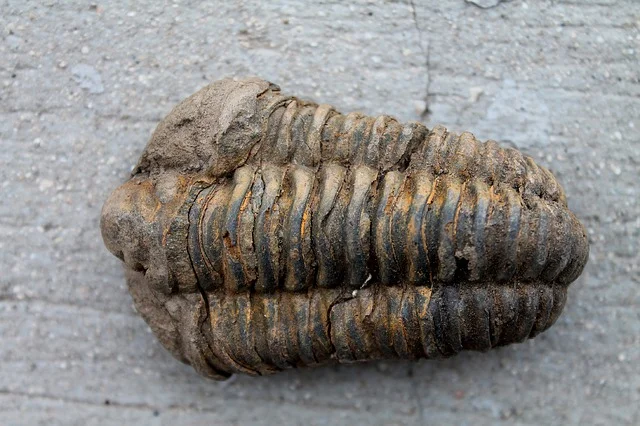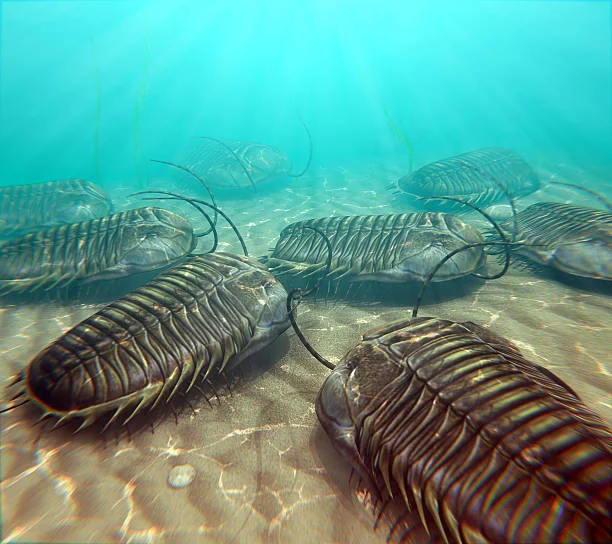Trilobites: in what period and in what era did they appear, size, interesting facts

It was a very, very long time ago, and we learned about their existence only thanks to the finds of paleontologists. Incredibly, more than 200 million years later, the earth’s strata can still preserve the skeletons of ancient creatures almost in their original form.
However, there were so many trilobites (more than 10 thousand species) that sooner or later, scientists should have discovered at least one fossilized specimen.
In what period and in what era did the trilobites live?

Scientists attribute the found remains of trilobites to the Paleozoic era. The Paleozoic, in turn, is subdivided into 6 periods – the Cambrian, Ordovician, Silurian, Devonian, Carboniferous, and Permian. During the Cambrian period, trilobites reached their heyday and made up about 60% of all fauna.
They existed on earth for about 500 million years
According to one version, this happened due to global warming; as a result, the average annual temperature rose sharply (about 10-20 degrees higher than now).
This, in turn, warmed up the water, and the oxygen level dropped to critical values. Trilobites and other aquatic organisms suffocated. This period is also known as the Permian Massive Extinction. Then 96% of all marine species of living creatures became extinct, and 73% of all land inhabitants.
Well, then, as you know, the Mesozoic era came, and dinosaurs such as Brachiosaurus or Stegosaurus began to reign on the planet.
Trilobite sizes

These arthropods were relatively small in size, from only 5 millimeters to 10 centimeters. However, there were also especially large individuals; their size was more significant – about 70 cm, like the wingspan of prehistoric dragonflies.
Trilobites are the ancestors of modern arthropods. The horseshoe crab is the alleged closest relative of the trilobite. Horseshoe crabs, although rare, are still alive today, and you can find them in the seas from the Far East to the United States.
Interesting facts of trilobite

- Translated from Latin, the word trilobite means “three-lobed” since the body of a trilobite consists of 3 parts.
- The ancestor of the trilobite is believed to be the Spriggina – a small creature about 3 cm in size.
- The entire body of the trilobite was covered with a strong chitinous shell.
- Mainly they inhabited the ancient seas, but there were also terrestrial species.
- Some species of trilobites fed on silt, others on plankton, and still others were predators.
- The trilobite’s eyes were very complex and consisted of a huge number of faceted lenses, the number of which could reach 15 thousand. However, there were species without eyes at all, presumably living at great depths.
- The trilobite could curl up like woodlice at the moment of danger, exposing only its shell out.
- The best-preserved remains of trilobites are found in China, Canada, New York (USA), Yakutia, and the Leningrad region (Russia).




